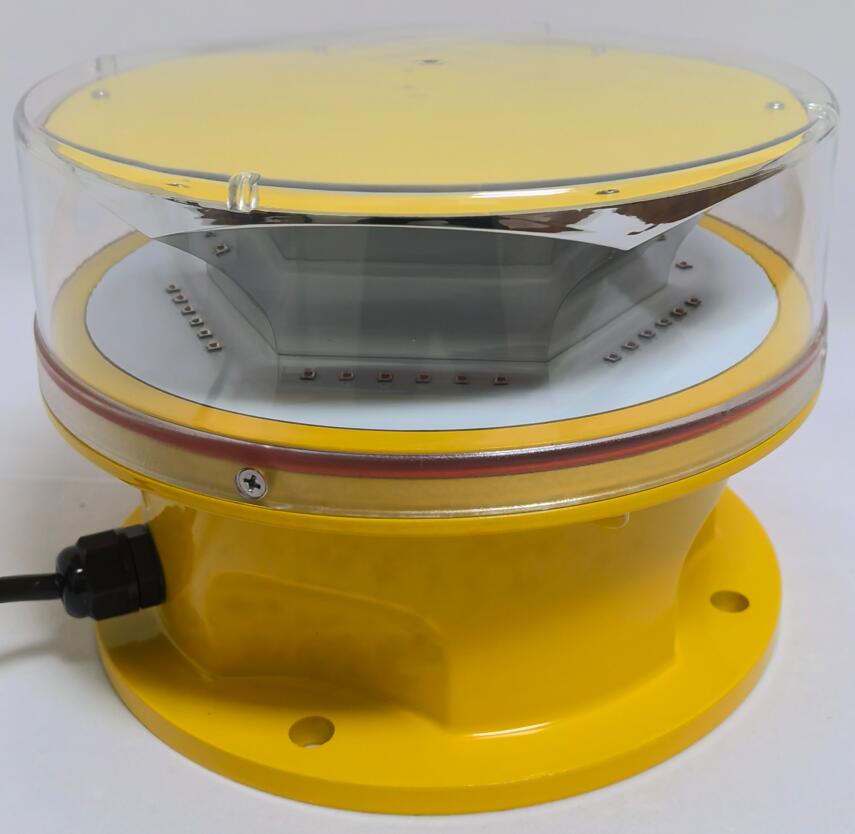LED Aviation Obstruction Lights: Enhancing Air Safety with Advanced Technology
Air safety is a critical concern in modern aviation, and one of the key components ensuring safe navigation for aircraft is LED aviation obstruction lights. These lights serve as vital markers on tall structures such as towers, wind turbines, and skyscrapers, helping pilots identify potential obstacles, especially during low visibility conditions. With the shift from traditional incandescent lighting to LED-based solutions, the aviation industry has witnessed significant improvements in efficiency, durability, and visibility. This article explores the importance, advantages, and technological advancements of LED aviation obstruction lights in modern airspace management.
The Role of Aviation Obstruction Lights
Aviation obstruction lights are mandated by international regulations, including standards set by the International Civil Aviation Organization (ICAO) and the Federal Aviation Administration (FAA). These lights are classified into three main categories based on intensity:
Low-Intensity Obstruction Lights (L-810) – Used for structures under 45 meters (148 feet) in height.
Medium-Intensity Obstruction Lights (L-864/L-865) – Required for structures between 45 and 150 meters (492 feet).

High-Intensity Obstruction Lights (L-856/L-857) – Necessary for structures exceeding 150 meters, especially near airports or flight paths.
The transition to LED aviation obstruction lights has revolutionized this field by offering superior performance compared to conventional lighting systems.
Advantages of LED Aviation Obstruction Lights
1. Energy Efficiency
Traditional incandescent and halogen lights consume significantly more power than LED-based systems. LEDs convert nearly 90% of electrical energy into light, reducing operational costs and making them ideal for remote installations where power supply may be limited.
2. Longevity and Durability
LED aviation obstruction lights have an operational lifespan of up to 100,000 hours, far exceeding the 5,000–10,000 hours offered by traditional bulbs. This reduces maintenance frequency, a crucial factor for lights installed on offshore wind turbines or high-rise buildings.
| LED Aviation Obstruction Lights |
3. Enhanced Visibility and Reliability
LEDs provide high-intensity, focused illumination with minimal light dispersion, ensuring maximum visibility for pilots. Additionally, they perform well in extreme weather conditions, including heavy rain, fog, and snow.
4. Smart Control and Automation
Modern LED obstruction lights can integrate with light sensors and remote monitoring systems, automatically adjusting brightness based on ambient light conditions. This feature ensures compliance with aviation regulations while optimizing energy use.
5. Environmental Benefits
Unlike traditional lighting, LEDs do not contain hazardous materials like mercury. Their lower energy consumption also contributes to reduced carbon emissions, aligning with global sustainability goals.
| LED Aviation Obstruction Light |
Technological Innovations in LED Aviation Obstruction Lighting
1. Dual-Lighting Systems
Some LED obstruction lights now feature dual-mode operation, combining medium and high-intensity settings. This adaptability ensures compliance with varying regulatory requirements without needing separate installations.
2. Wireless Monitoring and IoT Integration
Advanced systems incorporate IoT-enabled sensors that transmit real-time data on performance, power consumption, and potential failures. Maintenance teams can address issues proactively, minimizing downtime.
3. Synchronized Flashing Systems
For clusters of structures (e.g., wind farms), synchronized flashing LED aviation obstruction lights prevent visual confusion for pilots by ensuring uniform signaling.
4. Solar-Powered LED Solutions
In remote or off-grid locations, solar-powered LED obstruction lights provide a sustainable and cost-effective alternative, eliminating dependency on external power sources.
Regulatory Compliance and Standards
To ensure global uniformity, LED aviation obstruction lights must adhere to strict guidelines:
ICAO Annex 14 – Specifies light intensity, color (typically red or white), and flash patterns.
FAA AC 70/7460-1L – Defines placement and operational requirements in the U.S.
EN 61820 & IEC 61400-24 – Covers wind turbine lighting standards in Europe.
Manufacturers must undergo rigorous testing, including photometric performance checks and environmental resistance assessments, before certification.
Future Trends in LED Aviation Lighting
The evolution of LED aviation obstruction lights continues with emerging trends such as:
Adaptive Lighting Systems – AI-driven adjustments based on real-time air traffic data.
Enhanced Durability – Development of lights resistant to extreme temperatures and corrosive environments.
Integration with Urban Infrastructure – Smart city initiatives incorporating aviation lighting into building management systems.
LED aviation obstruction lights represent a significant leap forward in aviation safety technology. Their energy efficiency, longevity, and smart capabilities make them indispensable for modern airspace management. As technology advances, these systems will continue to evolve, further enhancing their role in safeguarding aircraft navigation. Whether on towering skyscrapers or sprawling wind farms, LED obstruction lights remain a critical component in the global effort to ensure safer skies.
By adopting these innovations, the aviation industry can achieve greater reliability, sustainability, and cost-efficiency—proving that even the smallest lights play a monumental role in air safety.
